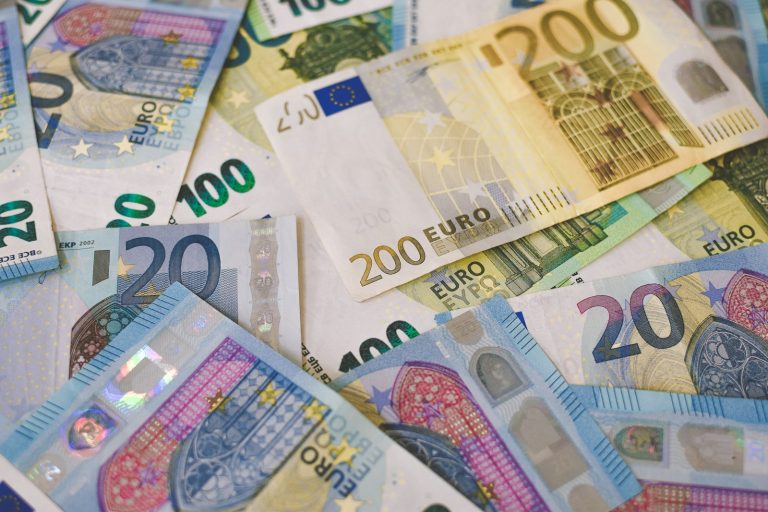Researchers Uncover Link Between Presidential Parties and US Dollar Performance
A new analysis reveals that the US dollar’s annual performance has been significantly better under Democratic presidents than Republican presidents, based on over 40 years of historical data. The study, conducted by experts from Imperial College Business School, suggests that the dollar increased, on average, by over 4% annually during Democratic administrations, while depreciating by 1.25% during Republican ones, amounting to a 5% disparity.
40 Years of Data Show Currency Impact
The research examined data from 1983 to 2024 and uncovered a noticeable correlation between the political party in the White House and the value of the US dollar against foreign currencies. The findings, published in the paper Presidential Cycles and Exchange Rates, are available as a pre-print on SSRN. The paper suggests that the contrasting trade policies between Democrats and Republicans are the main factor influencing this trend.
Trade Policies Shape the Dollar’s Strength
Dr Pasquale Della Corte, Professor of Finance at Imperial College Business School, and Hsuan Fu, Associate Professor at Université Laval, led the study. Their research highlights that political approaches to international trade, rather than domestic economic conditions or external political cycles, primarily account for the differences in the US dollar’s value.
“Democrats tend to support international trade policies that increase demand for the US dollar, while Republicans often pursue protectionist policies that lead to reduced demand,” explained Professor Della Corte. The research indicates that restrictions on trade, typically linked with Republican administrations, have led to a decline in the dollar’s value as foreign markets respond with retaliatory measures.
Interest Rates and Inflation Have Little Impact
The study explored a wide range of foreign currencies from both developed and emerging markets to assess the factors affecting the dollar’s value. Interestingly, the researchers found that changes in interest rates and inflation rates between the US and other countries did not significantly influence the results. Additionally, political cycles in other markets showed negligible effects on the value of overseas currencies against the US dollar. This makes it clear that the variance in the dollar’s performance is largely driven by differing US trade policies.
Implications for the 2024 Presidential Election
With the 2024 Presidential Election approaching, the researchers believe that trade policy, not political party, will likely continue to influence the US dollar’s performance. “From October 1983 to January 2024, our research revealed a noteworthy statistical distinction in the yearly exchange rate returns, showing a gap of over 5% between Democratic and Republican administrations,” stated Professor Della Corte.
However, the study also suggests that this pattern could be reversed if the parties altered their traditional positions on trade. “In theory, a Republican president who favours international trade agreements could see an increase in the US dollar’s value, while a Democratic president adopting a protectionist stance might experience a depreciation,” Della Corte added.
Trade Policy, Not Party, Matters Most
Ultimately, while the historical data points to a strong correlation between party control and the value of the US dollar, the researchers stress that the real driver is policy, not political affiliation. As the 2024 election looms, how candidates approach international trade may once again shape the strength of the US dollar.


